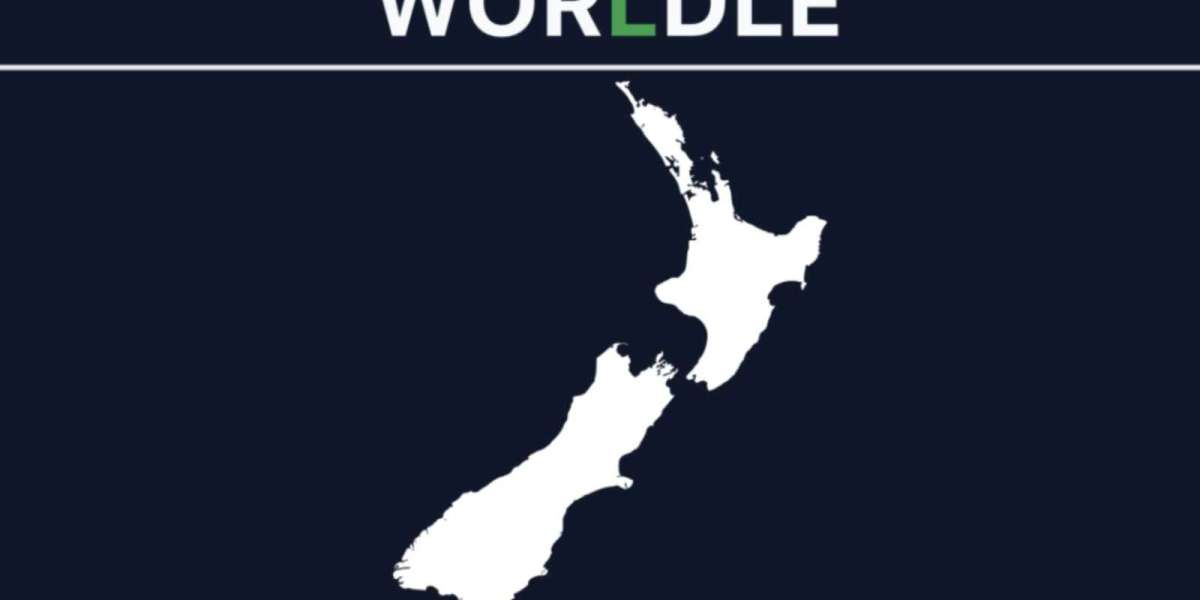Introduction
As a game developer, I’ve spent a lot of time studying what makes games stick—not just in terms of mechanics, but in how they grab attention, hold interest, and quietly teach us something new. Worldle game is a great example of that rare balance: a simple daily puzzle that challenges your brain, sharpens your memory, and rewards curiosity.
At first glance, it’s easy to write off as a casual map quiz. But dig a little deeper, and you’ll see it’s cleverly engineered to tap into some powerful cognitive patterns. So, why is a black-and-white country silhouette suddenly a global obsession? Let’s take a closer look.
What is Worldle Map Guessing Game & Why Is It Addictive?
Worldle is a geography guessing game that presents players with a mystery country outline every day. You get six guesses to figure out which country it is, with the game giving directional and distance clues after each attempt.
But the real hook isn’t just about geography—it’s psychological.
As someone who builds games for a living, I can tell you this: Worldle game leverages core game design principles almost effortlessly:
Constraint-based design – With only one puzzle per day and six attempts, it builds urgency and stakes.
Progressive feedback – You’re not told the answer immediately, but you’re nudged in the right direction. That sense of narrowing in? It’s intentionally satisfying.
Pattern learning – The silhouette mechanic taps into our brain’s love for visual recognition. Over time, players start seeing shapes differently.
It’s minimalist, but there’s a lot going on under the hood.
How Does Worldle Map Guessing Game Work?
The player is presented with a single shape—no borders, no names, just the outline of a country. The objective? Guess the correct country using contextual clues.
Here’s where it gets clever from a design standpoint:
Direction arrows serve as non-verbal guidance systems. They offer clear, intuitive feedback without breaking immersion.
Distance meters turn geography into a hot-and-cold logic puzzle.
Proximity percentages create a “near miss” effect, which is a well-known engagement tool in game design—it motivates players to keep pushing just a bit further.
The interface is clean, mobile-friendly, and quick to load. There’s zero friction between the user and the gameplay loop—a core goal in casual game design.
Tips For Mastering Worldle Map Guessing Game
Even though it seems simple, there are layers of strategy. Here’s how I’d approach it, both as a player and as someone who designs user experiences for a living:
1. Anchor to familiar shapes
Start with countries you can confidently identify. Games are about momentum—early wins matter more than most players realize.
2. Treat it like a logic puzzle
Worldle isn’t about memorizing maps. It’s about using directional clues and distance estimates to triangulate your answer. That’s a spatial reasoning challenge, and the game excels at reinforcing it.
3. Zoom out, not in
Don’t get hung up on tiny details of the shape. Think globally—what continent, region, or coastline pattern makes sense? Training your eye for shape clusters is more useful than fixating on borders.
4. Log your mistakes
This might sound overkill, but keeping a mental note (or even a real list) of past wrong guesses can help you recognize silhouettes faster in the future. I’ve seen this kind of deliberate repetition make a big impact on user performance in other games too.
Positive Effects Of Playing Worldle Map Guessing Game
From a cognitive standpoint, this game is sneakily effective. In game dev terms, we’d call it “low-effort, high-value.”
? Spatial recognition training
Most people don’t get much practice identifying countries by shape. Worldle turns that skill into a daily ritual—and it works.
? Problem-solving under pressure
The six-guess limit introduces just enough pressure to keep your brain sharp without inducing frustration. That’s the ideal difficulty curve.
? Geographic empathy
This one’s a bit subtle. But once you’ve guessed Suriname for the third time, you start remembering where it is—and why it matters. That builds global awareness in a way textbooks never could.
? Gamified learning
Worldle’s feedback loop is clean, fast, and habit-forming. As a developer, I admire how naturally it rewards incremental improvement without needing points, badges, or leaderboards.
How To Improve Your Worldle Map Game Skills
So, how can you get better at this daily silhouette challenge—without turning it into homework?
1. Daily play = muscle memory
Consistency beats intensity. One country a day might not feel like much, but over time, the neural connections start to stack.
2. Play adjacent geography games
Games like Seterra, Globle, or GeoGuessr build overlapping skills. You’ll start spotting countries based on surrounding regions, not just outlines.
3. Use real-world context
Read the news. Follow global events. Knowing which countries are in the headlines can help narrow your guesses.
4. Learn through error
One of the most underutilized learning methods in games is embracing failure. Every wrong guess in Worldle teaches you something—don’t skip over that reflection.
5. Create visual associations
Some players swear by mnemonic devices: “Mozambique looks like a seahorse,” or “Chile is the spaghetti noodle of South America.” It sounds silly, but visual cues work.
FAQs - Worldle Map Guessing Game
Q: Is Worldle made by the same people as Wordle?
A: No—Worldle was developed independently by @teuteuf, inspired by the viral success of Wordle, but with a geographic twist.
Q: Can I replay old puzzles?
A: Not natively, but there are third-party sites and archives that offer previous days' challenges. Just be cautious with unofficial sources.
Q: Why only one puzzle per day?
A: From a design perspective, that limitation is intentional. Scarcity increases perceived value. Plus, it builds anticipation and daily engagement.
Q: Is it beginner-friendly?
A: Absolutely. The UI is intuitive, and the hint system makes it easy to learn from your mistakes. No need to be a map geek to enjoy it.
Q: What if I’m terrible at geography?
A: That’s the beauty of it—Worldle meets you where you are. The learning curve is smooth, and every guess teaches you something new.
Conclusion
As a game developer, I’m always on the lookout for games that are elegantly simple yet surprisingly deep. Worldle nails that sweet spot. It’s a daily puzzle, a learning tool, and a brain teaser all at once. More importantly, it shows how thoughtful game design can make something as broad as world geography feel intimate and interactive.
So next time you find yourself staring at a mysterious landmass and thinking, “Wait, is that Laos or Lesotho?”—just remember, you’re not just playing a game. You’re training your brain, one guess at a time.


